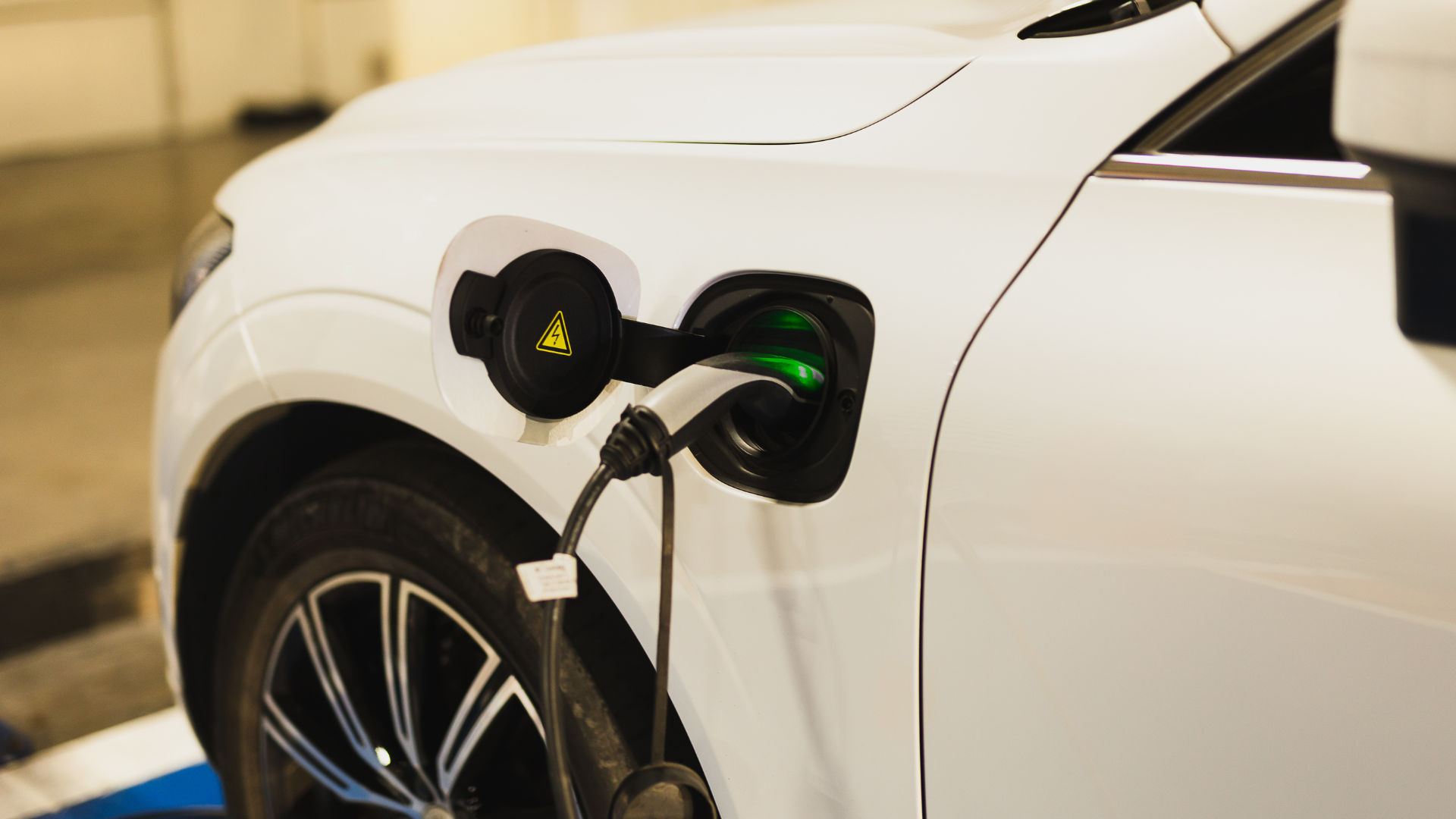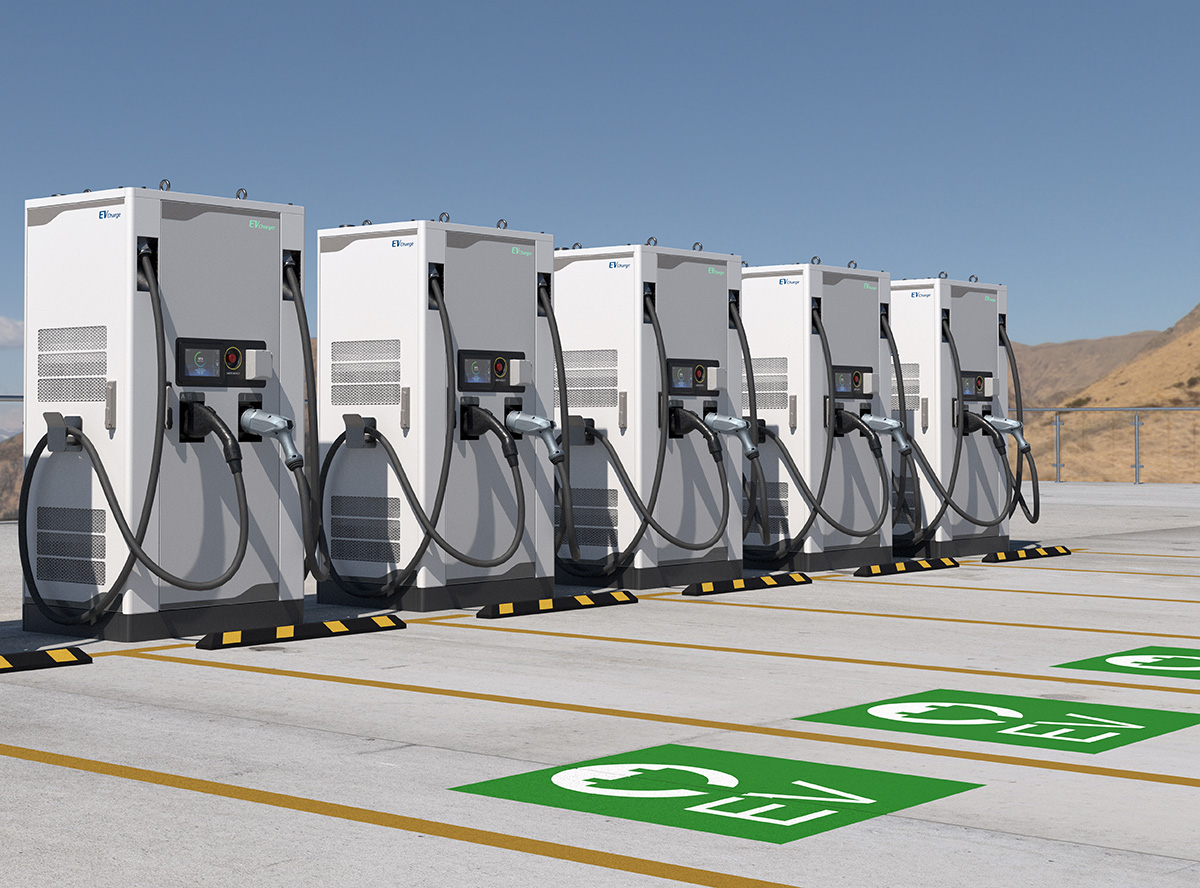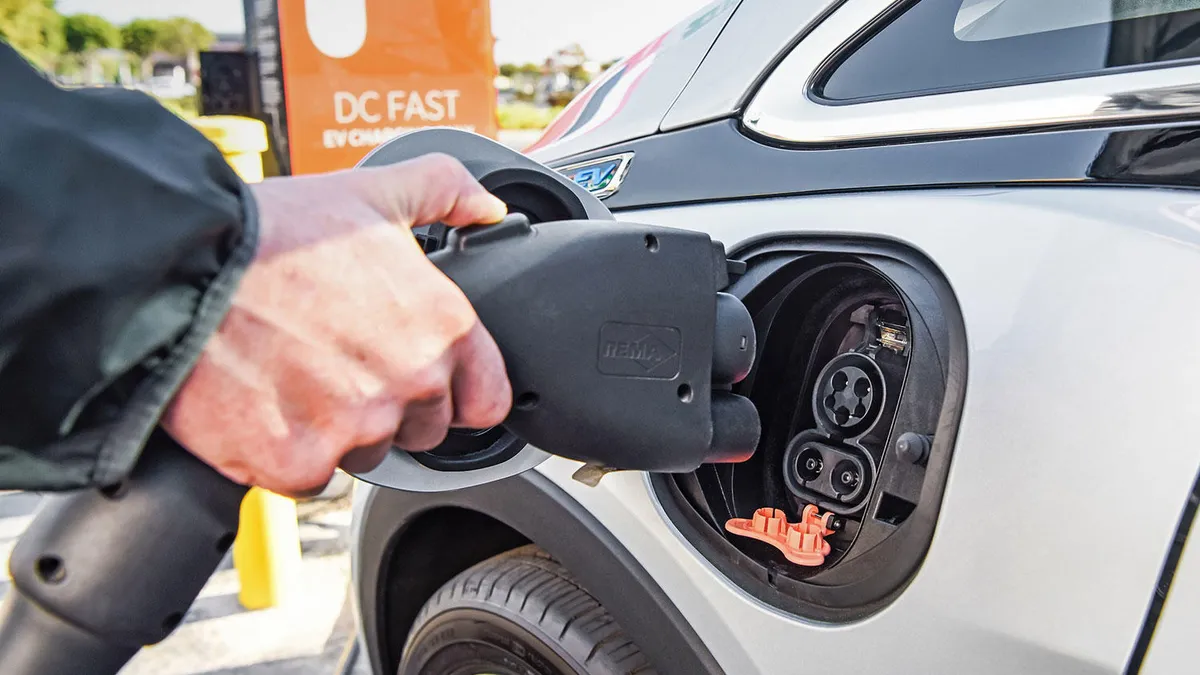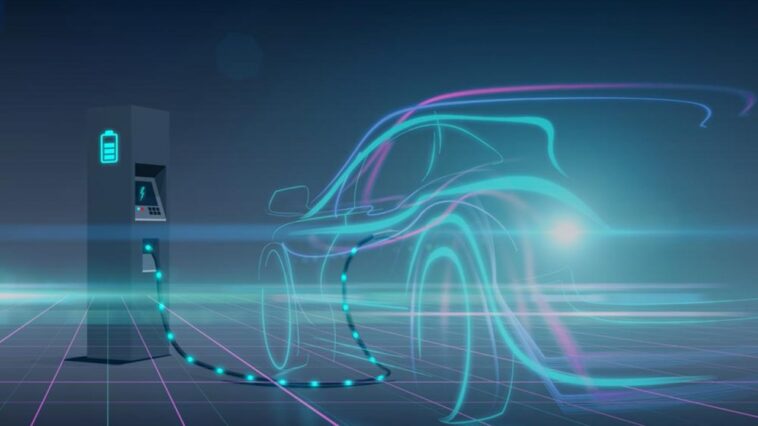In an era where sustainable travel is not just a choice but a necessity, electric vehicles (EVs) have emerged as opportunities for green mobility. However, the convenience and efficiency of EVs are closely tied to their charging technologies, with DC Fast Charging leading the forefront of innovation. Learn more about how this charging technology influences EV efficiency, unraveling its impact from various angles relevant to travel, lifestyle, and global trends.
The Evolution of EV Charging: From Slow to Super Fast
Electric vehicles have come a long way since their inception, and so has the technology used to charge them. Initially, EV charging was limited to slow, overnight processes, often taking up to 12 hours to fully charge a vehicle. This was practical for home charging but posed significant challenges for long-distance travel and convenience.
The advent of DC Fast Charging revolutionized this landscape. Unlike traditional AC (Alternating Current) chargers, DC (Direct Current) Fast Chargers bypass the vehicle’s onboard charger, delivering power directly to the battery. This method speeds up the charging process, reducing charging time from hours to mere minutes.
Balancing Speed and Battery Health in EV Charging

While the speed of DC Fast Charging is amazing, it’s essential to understand its impact on the EV’s battery life. The battery is the heart of an electric vehicle, and its longevity is crucial to the overall performance and cost-effectiveness of the car.
By its nature, fast charging stresses the battery more than slower charging methods. This is because rapid charging causes higher temperatures and more intense chemical reactions within the battery cells. Over time, this can lead to a reduction in the battery’s overall lifespan and efficiency.
However, advancements in car technology have introduced more intelligent battery management systems. These systems monitor the battery’s temperature, voltage, and charging rate, adjusting these parameters in real time to minimize stress and degradation. This technology is critical in ensuring that the convenience of fast charging does not compromise the long-term health of the vehicle’s battery.
The Efficiency Equation of DC Fast Charging
It’s crucial to understand the efficiency dynamics of fast charging. Efficiency in the context of EV charging isn’t just about speed; it’s about how effectively energy is transferred from the charger to the vehicle’s battery and how this affects the vehicle’s overall energy consumption.
One of the primary concerns with fast charging is energy loss. During the process of rapid charging, some energy is lost as heat. This is a natural consequence of the fast transfer of electricity, but it also means that not all the energy from the charger makes it into the battery. The efficiency of this type of charger is often measured by how much of this energy is successfully stored in the battery versus how much is lost.
However, the real-world implications of this efficiency loss are nuanced. On the one hand, frequent use of fast chargers can slightly increase the cost per mile of running an EV due to these losses. On the other hand, the time saved and the added convenience can be invaluable, especially for drivers who are often on the go or embarking on long trips.
The Proliferation and Accessibility of DC Fast Chargers

The widespread adoption of these Chargers is a cornerstone in the evolution of electric vehicle infrastructure. These chargers are not just a technological marvel; they are a testament to the shifting landscape of automotive travel. As we venture into this era, the availability and accessibility of DC fast chargers become pivotal.
Globally, there’s a concerted effort to expand the network of these chargers. This expansion is not just in urban areas but also along highways, rural locations, and key travel destinations. The goal is to replicate the convenience of traditional fuel stations, where drivers can quickly recharge and continue their journey with minimal disruption. This network expansion plays a significant role in alleviating ‘range anxiety’ – the fear of running out of battery power far from a charging station – which has been a significant barrier to EV adoption.
Shaping User Behavior and Travel Patterns
The availability of DC Fast Charging influences not just the technology of electric vehicles, but also how people use them. This impact extends to travel behaviors, daily routines, and even the choice of vehicle models.
One significant change is in the planning of road trips and long journeys. With the assurance of quick charging, EV users are more likely to undertake longer trips, pushing the boundaries of what was traditionally considered feasible with electric vehicles. This shift is gradually altering the landscape of leisure travel, with more travelers opting for EVs over traditional combustion engine vehicles.
Strategic Placement of DC Fast Charging Stations
The strategic distribution of DC Fast Charging stations is a key factor in enhancing their effectiveness and user convenience. Urban centers, shopping malls, and business districts are prioritizing the installation of these chargers to cater to daily commuters and city dwellers. The rationale is to integrate charging into regular activities like shopping or working, making it a seamless part of daily life rather than a separate task.
The Role of Renewable Energy in DC Fast Charging

Renewable energy sources are becoming increasingly intertwined with the DC Fast Charging infrastructure, promising a greener charging process. Solar and wind energy, in particular, are being harnessed to power these stations, reducing the carbon footprint associated with EV charging.
This integration not only makes the charging process more sustainable but also aligns with the broader objectives of reducing reliance on fossil fuels and combating climate change. As renewable-powered charging stations become more commonplace, the overall environmental impact of electric vehicles decreases, making them a truly eco-friendly option for transportation.
The Economic Implications of DC Fast Charging
The economic aspects of DC Fast Charging are multifaceted, affecting consumers, service providers, and the broader energy market. For EV owners, the availability of fast charging can translate to higher upfront costs for compatible models and potentially higher charging fees. However, these costs are often offset by the long-term savings on fuel and maintenance associated with electric vehicles.




